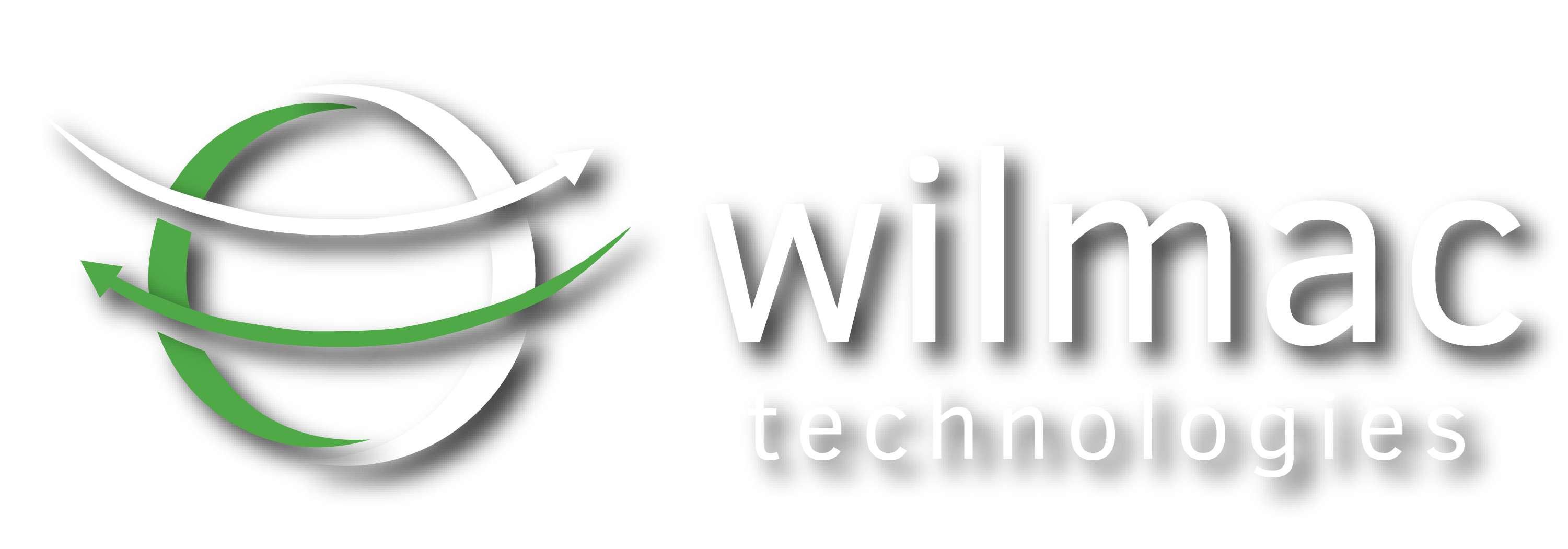Smarter Self-Service in the Contact Center: 3 Things to Know
Post-pandemic life has not slowed down the consumer desire to seek self-service options, which has put contact centers in a perplexing position. Almost every organization offers self-service options, whether it be an FAQ page, reset password link, chatbot, voicebot, or other solution to lighten the load of agents. Some companies have even opted for a complete self-service strategy. While 81% of consumers want more smarter self-service options, why do most contact center interactions with self-service bots result in an angry customer yelling, “SPEAK TO AGENT” or aggressively hitting the “0” on their phone?
Because smarter self-service has not been prioritized.
What is smarter self-service?
Only 61% of consumers say companies offer easy, convenient self-service in the contact center. An emphasis on creating smarter self-service for your contact center means employing things like artificial intelligence and analytics that go hand-in-hand with your self-service solutions and constantly identify areas to improve the customer experience.
Being able to automatically identify friction points in self-service journeys can boost containment rates and customer satisfaction. Pinpointing where containment issues are occurring, such as frequent agent transfers, can mitigate the risk of low CSAT scores. Finding ways to reduce customer effort and lower your cost of service by increasing self-service containment is key when it comes to a solid self-service strategy.
3 Things to Keep in Mind When Developing a Smarter Self-Service Strategy
1. AI self-service can help contact centers leverage newer digital technology to help customers help themselves
Some features of highly advanced IVRs include natural language processing and text-to-speech technology that allow AI to mimic personal agent assistance. Chatbots offer similar advantages on chat platforms, which many customers prefer.
In many cases, the use of AI in self-service leads to an increase in self-service rate, which is how often customers resolve their own issues or complete their own transaction instead of speaking to a live agent. This means fewer inbound contacts for the agents, lower average queue time, lower average handle time and average hold time, higher first contact resolution rate, and the list goes on.
The key here is to understand that not paying attention to your self-service efforts or putting little effort, development, and tracking into your self-service options will only result in unhappy customers and overwhelmed agents.
2. Human agents are still, and always will be, a critical component to CX
Even as customers overwhelmingly seek self-service options, human agents have become more important. Their ability to manage the most complex and nuanced of issues is far superior to that of self-service, and, when attempted by self-service, typically results in a frustrating experience.
A seamless transition from self-service tool to agent has become another key to smarter self-service. Even if self-service is incomplete, it can still improve the overall experience and reduce the time needed for agent assistance since the customer will already have completed some of the necessary steps.
Where self-service steps in to tackle mundane issues and tasks, agents are allowed to step up to better address critical customer needs when it matters most.
3. There are seven attributes as defined by Gartner that can help companies make smarter self-service a reality
With AI at the helm and a squad of capable agents to assist if needed, a 2020 Gartner survey of 8,000 customers who had recently interacted with a customer service organization spotlighted these seven attributes that are most likely to drive a smart self-service interaction:
Clarity – how easy it is to understand or act on given information
Confirmation – clear messaging that indicates resolution
Control – the degree to which the customer can influence or give input on a solution
Credibility – the usefulness or relatability of information
Human touch – how well the self-service interaction mimics a live interaction
Personalization – the recognition of a customer’s relationship with the company
Variety – the ability to interact with the company in multiple ways or channels
Only 11% of businesses are prioritizing smarter self-service as part of their customer experience portfolios, despite 36% of consumers citing it as a top expectation. To answer the consumer demand around self-service, organizations need to start prioritizing smarter self-service and consider the addition of platforms like NICE CXone and its CXone Expert tool that can provide customers with the best solution to the problem they’re reaching out about.
With the help of a consultative digital transformation partner like Wilmac Technologies, your organization can map out the best pathway to more effective and efficient self-service.
Menu
Contact
Rochester Headquarters
100 Chestnut St, Suite 1004
Rochester, NY 14604
New York City
345 7th Ave, Ste. 404,
New York, NY 10001
Toronto
5955 Airport Rd, Ste. 140,
Mississauga, Ontario L4V 1R9

